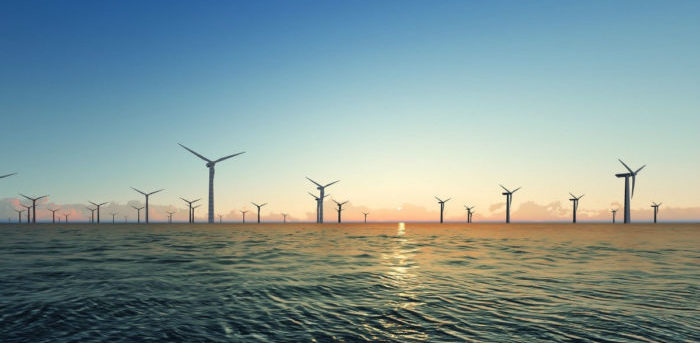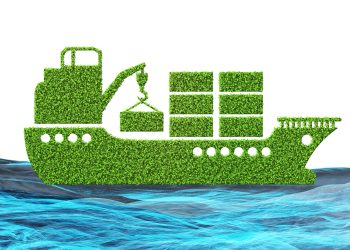Europe added 4.9 GW of new wind energy capacity in the first half of 2019, according to figures released by WindEurope. The overall installations of new onshore and offshore wind capacity is up from the same period last year (4.5 GW).
1.9 GW of new offshore wind was installed in the first half of the year, an increase from the 1.1 GW added in the same period in 2018. The UK (931 MW), Denmark (374 MW), Belgium (370 MW) and Germany (252 MW) accounted for these installations. This regards Hornsea 1 in the UK which, when completed, will be the world’s largest wind farm with 1.2 GW.
[smlsubform prepend=”GET THE SAFETY4SEA IN YOUR INBOX!” showname=false emailtxt=”” emailholder=”Enter your email address” showsubmit=true submittxt=”Submit” jsthanks=false thankyou=”Thank you for subscribing to our mailing list”]
In the first half of 2019 Europe invested €8.8bn in the construction of future wind farms, €6.4bn in onshore wind and €2.4bn in offshore wind. These investments will lead to 5.9 GW being installed and grid connected over the next two to three years. France and the Netherlands drove the investments.
WindEurope Chief Policy Officer Pierre Tardieu, commented:
It was a good start to the year for offshore wind growth. But onshore wind installations were poor these past 6 months. Germany had the lowest first half of the year for new onshore wind installations since 2000. Permitting challenges remain the key bottleneck: 11 GW of onshore wind are stuck in the permitting process in Germany. And the transition to auctions, where so-called ‘community projects’ were allowed to bid in auctions without a permit back in 2017, has been messy. Many of these projects still need to be built
What is more, the EU has set a renewable energy target of 32% for 2030 and is considering a net zero economy by 2050. However, the pace of installations so far this year will not achieve this goal, WindEurope said.
Mr. Tardieu also added that European countries are finalising their National Energy & Climate Plans to 2030. He said that they should be giving more on the policy measures that will allow a smooth and robust deployment of renewables.
The auction schedule, what they will do to streamline permitting, how they will replace the wind farms that are coming to the end of their operational life. It’s this kind of detail the industry needs to plan ahead and help deliver on Europe’s climate and energy ambitions cost effectively
he concluded.






























































